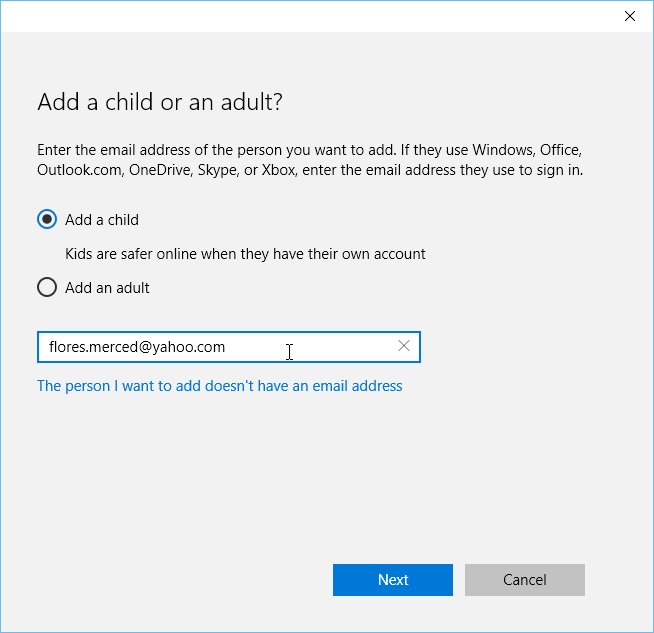Comprehensive Guide: Adding a User (Child or Adult) in Windows 10

Windows 10 offers a plethora of features to accommodate various users, ensuring a personalized computing experience for every individual. Whether you’re setting up a new computer or managing multiple users on a shared device, adding users in Windows 10 allows for seamless customization, privacy settings, and access control. In this exhaustive guide, we’ll delve into the process of adding both child and adult users in Windows 10, exploring the steps involved, customization options, and best practices for managing user accounts.
Understanding User Accounts in Windows 10: User accounts in Windows 10 serve as personalized profiles for individual users, containing their settings, preferences, and access permissions. There are two main types of user accounts: standard user accounts and administrator accounts. Standard user accounts have limited privileges and are suitable for everyday use, while administrator accounts have full control over the system and can make changes to settings, install software, and perform administrative tasks.
Adding a User in Windows 10: Adding a user in Windows 10 is a straightforward process that can be done through the Settings app or the Control Panel. Here’s how to do it:
- Using the Settings App:
- Open the Settings app by clicking on the Start menu and selecting the gear icon.
- In the Settings app, click on “Accounts.”
- Under the “Family & other users” section, click on “Add someone else to this PC.”
- Follow the prompts to create a new user account, either with a Microsoft account or a local account.
- Using the Control Panel:
- Open the Control Panel by typing “Control Panel” in the search bar and selecting it from the search results.
- In the Control Panel, click on “User Accounts.”
- Click on “Manage another account.”
- Click on “Add a new user in PC settings” and follow the prompts to create a new user account.
Customizing User Accounts: Once a user account is created, you can customize it to suit the individual’s needs and preferences. Here are some customization options available for user accounts in Windows 10:
- Account Type: Specify whether the user account is a standard user or an administrator account. Administrator accounts have full control over the system, while standard user accounts have limited privileges.
- Profile Picture: Choose a profile picture for the user account to personalize their profile.
- Account Name: Change the display name of the user account to reflect the individual’s identity.
- Password: Set a password for the user account to protect it from unauthorized access.
- Sign-in Options: Customize sign-in options such as password, PIN, fingerprint, or facial recognition, depending on the device’s capabilities.
Adding a Child User in Windows 10: In addition to adult users, Windows 10 allows you to add child users with enhanced parental control features. When adding a child user, you can set up parental controls to manage their screen time, app usage, and web browsing activity. Here’s how to add a child user in Windows 10:
- Follow the same steps outlined above to add a new user in Windows 10.
- When prompted to create a new user account, select “Add a child” instead of “Add an adult.”
- Follow the prompts to set up parental controls for the child user, including screen time limits, app and game restrictions, and content filters.
Managing User Accounts in Windows 10: Once user accounts are added, you can manage them through the Settings app or the Control Panel. From here, you can change account settings, reset passwords, remove users, and more. Additionally, you can use the Family Safety settings in Windows 10 to monitor and manage the activity of child users, including screen time limits, app restrictions, and web filtering.
Conclusion: Adding users in Windows 10 is a fundamental aspect of personalizing and managing your computing experience. Whether you’re setting up individual profiles for family members, creating separate accounts for work and personal use, or implementing parental controls for child users, Windows 10 offers robust features to accommodate diverse user needs. By following the steps outlined in this guide and leveraging the customization options available, you can create a secure, personalized, and efficient computing environment for yourself and your family. So go ahead, add users in Windows 10 today, and unlock the full potential of your device!







